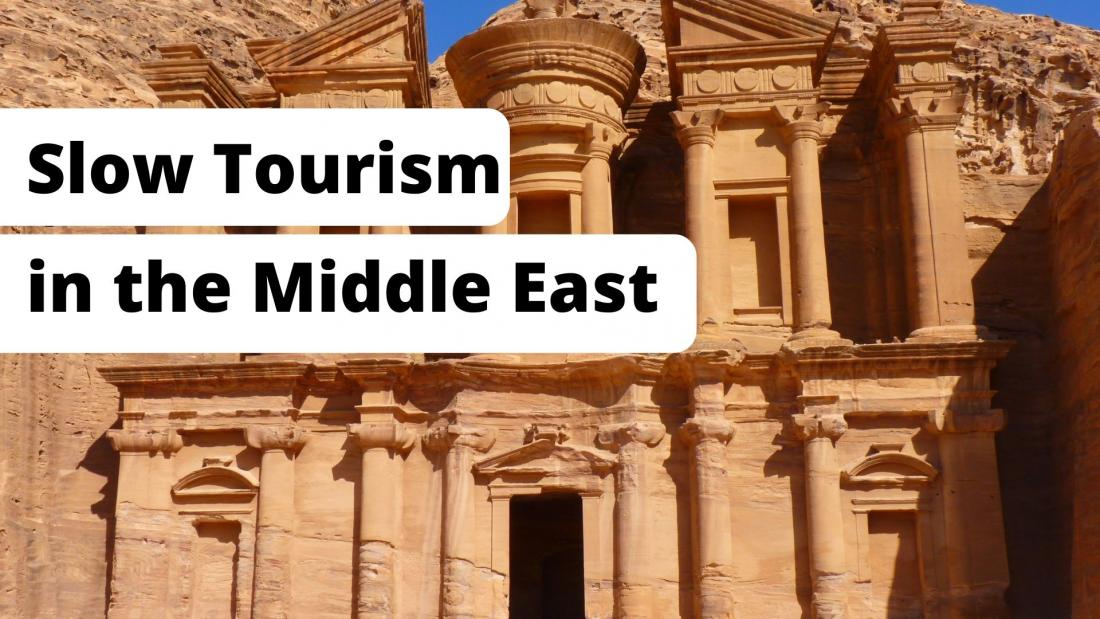Med Pearls presents: Slow Tourism in the Middle East - a Jordan perspective

The trend of “Slow Travel” has become increasingly popular over recent years, however through COVID-19 it has accelerated immensely and has almost become a new norm without people even realising. Slow tourism is forecasted to continue to grow in popularity, becoming an alternative to more traditional holidays and is estimated to grow at a 10% compound annual growth rate.
Slow Tourism is perceived as a new type of sustainable tourism and a promising alternative to mass tourism in the middle east, focusing on the planet, people and profit promising a brighter future to all.
The middle east has a great potential to develop several slow tourism destinations within its territories for it holds unique landscapes, rich cultural assets and one of the most hospitable communities in the world , a perfect mix for a rich slow tourism experience.
Slow Tourism shall have positive results on these destinations by conserving intangible local assets in the middle east including local food, cultures and traditions as well as reducing the negative impact on the environment caused by mass Tourism since it shall focus on ecofriendly activities with a strong community engagement
An existing model of a Slow Tourism destination in the middle east is the Ajloun Natural reserve in Jordan, the reserve has transformed the area to become an attraction to eco tourists and it ensures local community benefit and contribute to environmental protection, It has also created nature-inspired jobs, changed the attitudes of local communities towards conservations, as well as helping people to understand and appreciate their natural heritage. Local stakeholders are now heavily involved in the social and economic development of this area that is attracting the different types of sustainable tourists. We are going to see this detsination in our next article.









